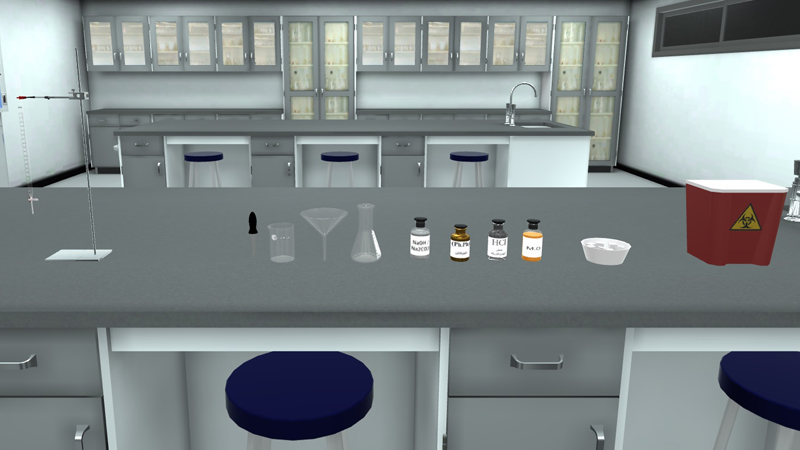Analysis Mixture of Sodium Hydroxide and Sodium Carbonate by Warder Titration
Chemistry | Analytical Chemistry






2.5M+
Active Users Worldwide
80%
Improved Learning Retention
60%
Reduction in Laboratory Costs
Determination of the individual concentration of both sodium hydroxide and sodium carbonate in a mixture through Warder titration.
Acid-base Titration
By the end of Warder titration experiment, student will start:
In Warder titration experiment, NaOH is a strong base which can be determined directly by HCl using phenolphthalein indicator where the color change from pink to colorless at the endpoint:
NaOH + HCl→NaCl + H2O
CO32- + H+→HCO3 –
HCO3- + H+→H2CO3 →CO2+ H2O




